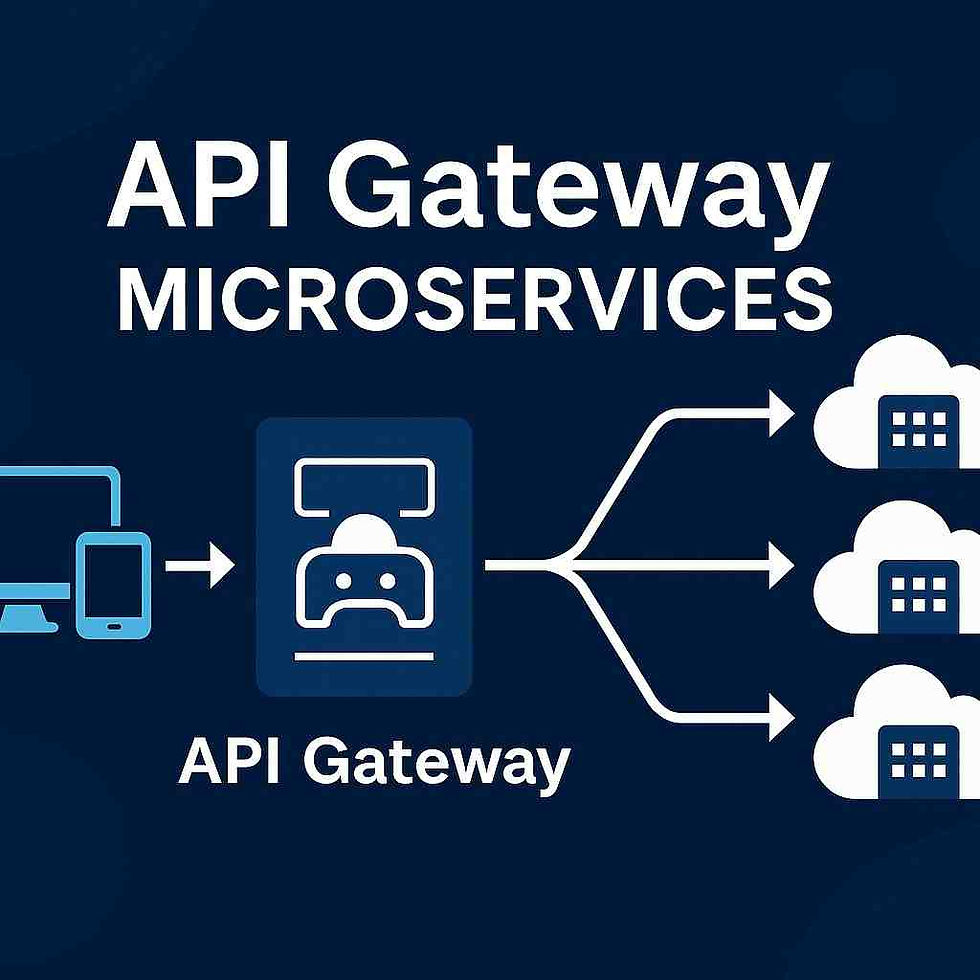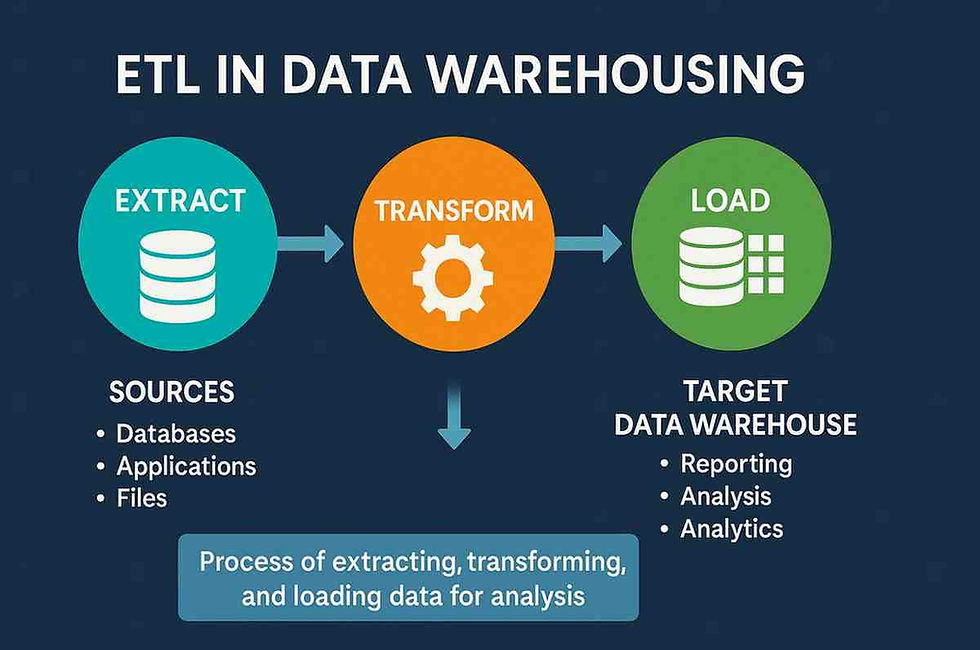Test Scenario Template: Guide to Effective Test Planning
- Gunashree RS
- May 5
- 7 min read
What Is a Test Scenario Template and Why Is It Essential?
Testing is the backbone of any successful software development lifecycle. Without proper testing, applications can fail in the most unexpected ways when they reach end users. At the heart of efficient testing lies the test scenario template—a structured framework that guides testers through what to test and how to test it.
A test scenario template is a standardized document or format that outlines various conditions that need to be verified to ensure an application functions as expected. It serves as a blueprint for testing activities, helping teams maintain consistency, improve coverage, and streamline the testing process.
According to recent industry surveys, organizations that implement structured test scenario templates report up to 35% faster testing cycles and a 28% reduction in critical defects reaching production. These impressive statistics highlight why test scenario templates have become indispensable tools in modern quality assurance processes.

Key Components of an Effective Test Scenario Template
Creating a comprehensive test scenario template requires careful consideration of several critical elements. Each component serves a specific purpose and contributes to the overall effectiveness of your testing efforts.
1. Scenario Identifier
Every test scenario needs a unique identifier for easy reference and traceability. This typically includes:
A numeric or alphanumeric ID (e.g., TS-001)
A descriptive title that briefly summarizes the scenario
The module or feature being tested
Example:
ID: TS-001
Title: User Registration Process
Module: Authentication
2. Scenario Description
The description provides a clear explanation of what is being tested. It should be concise yet comprehensive enough to ensure anyone reading it understands the purpose of the scenario.
Example:
Description: Verify that new users can successfully create an account by providing required information and completing the email verification process.
3. Preconditions
Preconditions define the state of the system before the test scenario begins. These are crucial for ensuring the test can be executed correctly.
Example:
Preconditions:
- Application is accessible
- Database is connected and operational
- Email service is functioning properly
- User does not already exist in the system
4. Test Steps
This section outlines the specific actions that testers need to perform. Steps should be clear, sequential, and detailed enough to be followed without ambiguity.
Example:
Test Steps:
1. Navigate to the application's homepage
2. Click on the "Sign Up" button
3. Enter required information (username, email, password)
4. Accept terms and conditions
5. Click "Create Account" button
6. Check email for verification link
7. Click on the verification link
5. Expected Results
Expected results describe what should happen when the test steps are executed correctly. This provides a benchmark against which actual results can be compared.
Example:
Expected Results:
1. User is redirected to registration form
2. Form accepts valid inputs
3. Confirmation message appears
4. Verification email is sent to the provided address
5. Clicking the verification link activates the account
6. User can log in with newly created credentials
6. Priority and Severity
Assigning priority and severity levels helps teams manage testing efforts effectively, especially when resources are limited.
Example:
Priority: High
Severity: Critical
7. Test Data
This section specifies the data required to execute the test case, including both input and output values.
Example:
Test Data:
- Username: testuser123
- Email: testuser@example.com
- Password: SecurePass123!
How to Create Your Own Test Scenario Template
Developing a test scenario template tailored to your project needs involves several steps. Follow this systematic approach to create templates that serve your testing objectives effectively.
Step 1: Understand the Requirements
Before creating test scenarios, thoroughly review all functional and non-functional requirements. This ensures your scenarios accurately reflect what the system needs to do.
Study user stories, use cases, and requirements documents
Consult with stakeholders to clarify expectations
Identify critical business workflows that need testing
Step 2: Choose the Template Format
Select a format that suits your team's workflow and tools. Common formats include:
Spreadsheet-based templates (Excel, Google Sheets)
Easy to create and maintain
Good for sorting and filtering
Limited collaboration features
Test management tool templates (TestRail, Zephyr, qTest)
Built-in reporting and analytics
Better traceability with requirements
More structured approach
Text document templates (Word, Google Docs)
Flexible formatting
Easier for narrative descriptions
Less structured than dedicated tools
Step 3: Define the Template Structure
Based on the components discussed earlier, establish the structure that best serves your testing needs. Remember to include fields for:
Scenario identification
Description and objectives
Preconditions
Test steps
Expected results
Priority and severity
Test data requirements
Any additional fields specific to your project
Step 4: Add Categorization Elements
Incorporate classification elements to make your scenarios easier to organize and filter:
Module/Feature
Test type (functional, performance, security)
Sprint/Release information
Automation status (automatable, not automatable)
Dependencies on other scenarios
Sample Test Scenario Template for Different Applications
Different types of applications may require slightly different approaches to test scenario templates. Here are examples for common application types:
Web Application Test Scenario Template
Field | Description |
Scenario ID | WEB-TS-001 |
Title | User Login with Valid Credentials |
Module | Authentication |
Description | Verify that registered users can successfully log in using valid credentials |
Preconditions | User account exists in the system |
Browser/Platform | Chrome, Firefox, Safari, Edge |
Test Steps | 1. Navigate to login page<br>2. Enter valid username/email<br>3. Enter correct password<br>4. Click login button |
Expected Results | User successfully logs in and is redirected to dashboard |
Priority | High |
Severity | Critical |
Test Data | Username: validuser@example.com<br>Password: ValidPass123! |
Mobile Application Test Scenario Template
Field | Description |
Scenario ID | MOB-TS-001 |
Title | App Installation and First Launch |
Platform | iOS, Android |
Description | Verify that the app installs correctly and launches without errors |
Device Requirements | Minimum OS version, Storage space |
Test Steps | 1. Download app from store<br>2. Install app<br>3. Launch app for first time |
Expected Results | App installs without errors and launches to welcome screen |
Network Conditions | WiFi, 4G, 3G |
Priority | High |
Notes | Check for permission requests during first launch |
Common Mistakes to Avoid When Creating Test Scenario Templates
Even experienced testers can make mistakes when developing test scenario templates. Being aware of these common pitfalls can help you create more effective templates:
Making scenarios too broad
Broad scenarios are difficult to test thoroughly
Break down complex scenarios into smaller, more manageable ones
Overlooking negative testing scenarios
Focus not just on what should work, but also what shouldn't
Include scenarios for invalid inputs and error handling
Ignoring environment dependencies
Clearly specify environment requirements
Note any specific configurations needed
Creating redundant scenarios
Eliminate duplicate scenarios that test the same functionality
Focus on unique conditions and workflows
Neglecting to update templates
Review and update templates regularly as the application evolves
Remove obsolete scenarios and add new ones as needed
Tools and Resources for Managing Test Scenario Templates
Several tools can help you create, manage, and execute test scenarios more efficiently:
TestRail
Purpose-built test case management
Customizable templates
Reporting and metrics
Jira + Zephyr
Integrates testing with issue tracking
Good for agile teams
Customizable workflows
qTest
Enterprise-grade test management
Strong integration capabilities
Supports various template formats
Excel/Google Sheets with custom templates
Low cost, high flexibility
Good for smaller teams or projects
Requires manual tracking of execution
Open-source options
TestLink
Tarantula
Testpad
Benefits of Using Standardized Test Scenario Templates
Implementing standardized test scenario templates offers numerous advantages that impact both the quality of your testing and the efficiency of your testing process:
Consistency across teams and projects
Everyone follows the same structure
Easier onboarding for new team members
Comparable results across different features
Improved test coverage
Structured approach prevents overlooking critical scenarios
Better traceability to requirements
Easier gap analysis
Enhanced communication
Clear documentation of testing scope
Better understanding between testers and developers
Easier reporting to stakeholders
Reusability and time savings
Templates can be reused for similar features
Less time spent documenting, more time testing
Faster test planning for future releases
Better defect detection
More systematic approach catches more issues
Clearer expected results make defects obvious
Earlier detection in the development lifecycle
Conclusion
Test scenario templates are powerful tools that can transform your testing process from chaotic to systematic. By implementing well-structured templates, you can improve test coverage, enhance team collaboration, and ultimately deliver higher quality software.
Remember that the most effective templates are those that strike a balance between standardization and flexibility. They should provide enough structure to ensure consistency but allow enough room for testers to apply their expertise and creativity.
As your projects evolve, so should your templates. Regularly review and refine them based on team feedback and project needs. With the right approach to test scenario templates, you can make your testing more efficient, effective, and enjoyable.
Frequently Asked Questions (FAQ)
What is the difference between a test scenario and a test case?
A test scenario is a high-level description of what needs to be tested, focusing on the "what." A test case is more detailed, including specific steps, data, and expected results, focusing on the "how." Test scenarios typically encompass multiple test cases.
How many test scenarios should I create for my project?
The number of test scenarios depends on the complexity of your application and the features being tested. Focus on covering all critical business workflows and user journeys rather than trying to reach a specific number.
Should test scenario templates be the same across different types of testing?
While the core structure can remain similar, you may need to adapt templates for different testing types. For example, performance testing scenarios might include fields for load parameters, while security testing might focus on vulnerability checks.
How do I prioritize test scenarios?
Prioritize based on business criticality, risk, frequency of use, and complexity. High-priority scenarios typically involve core functionality that, if broken, would severely impact users or business operations.
Can test scenario templates be used for both manual and automated testing?
Yes, good test scenario templates can serve as a foundation for both manual and automated testing. For automation, you may need to add fields for automation status, script location, and technical prerequisites.
How often should test scenario templates be updated?
Review and update your templates at least once per release cycle or whenever there are significant changes to the application's functionality. Regular reviews help ensure templates remain relevant and effective.
Should developers be involved in creating test scenario templates?
Yes, involving developers can provide valuable insights into the technical aspects of the application. Collaborative template creation between testers and developers often results in more comprehensive testing coverage.
Key Takeaways
Test scenario templates provide a structured framework for planning and executing tests effectively
Essential components include scenario identifiers, descriptions, preconditions, steps, and expected results
Different application types may require tailored template formats to address specific testing needs
Common mistakes include creating overly broad scenarios and neglecting negative testing paths
Various tools exist to help manage test scenarios, from simple spreadsheets to specialized test management software
Standardized templates improve consistency, coverage, communication, and defect detection
Regular review and refinement of templates ensure they remain relevant and effective




Link INDOVIP138
indovip138
indovip138
indovip138
indovip138
indovip138
indovip138
indovip138
indovip138
indovip138
indovip138
indovip138
indovip138
indovip138
indovip138
indovip138
indovip138
indovip138
indovip138
indovip138
indovip138
indovip138
indovip138
indovip138
indovip138
indovip138
indovip138
indovip138
indovip138
indovip138
indovip138
indovip138
indovip138